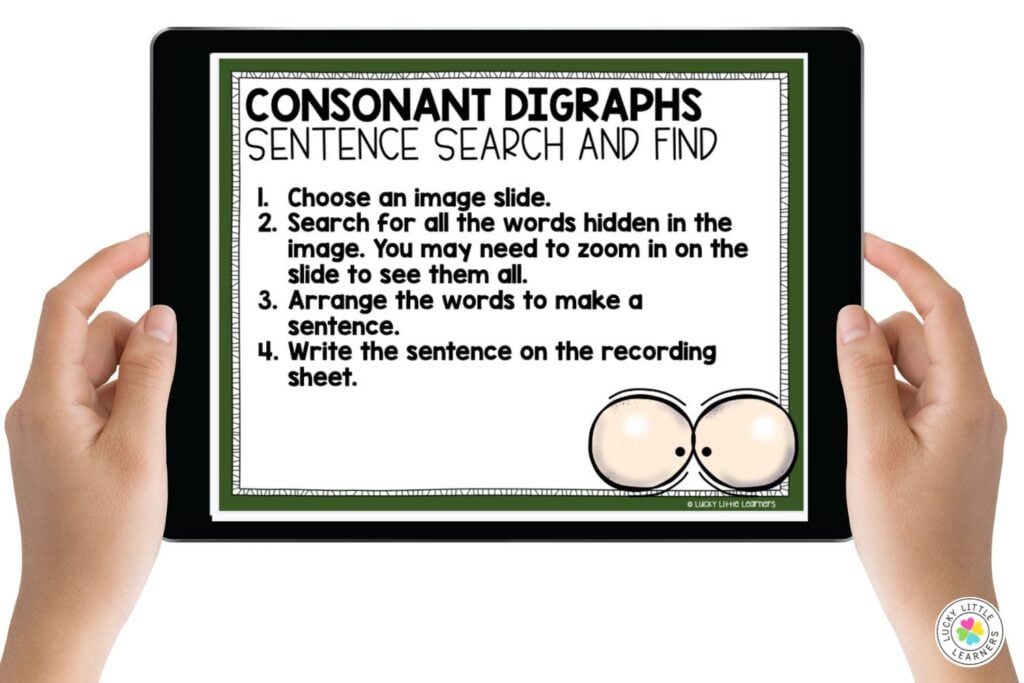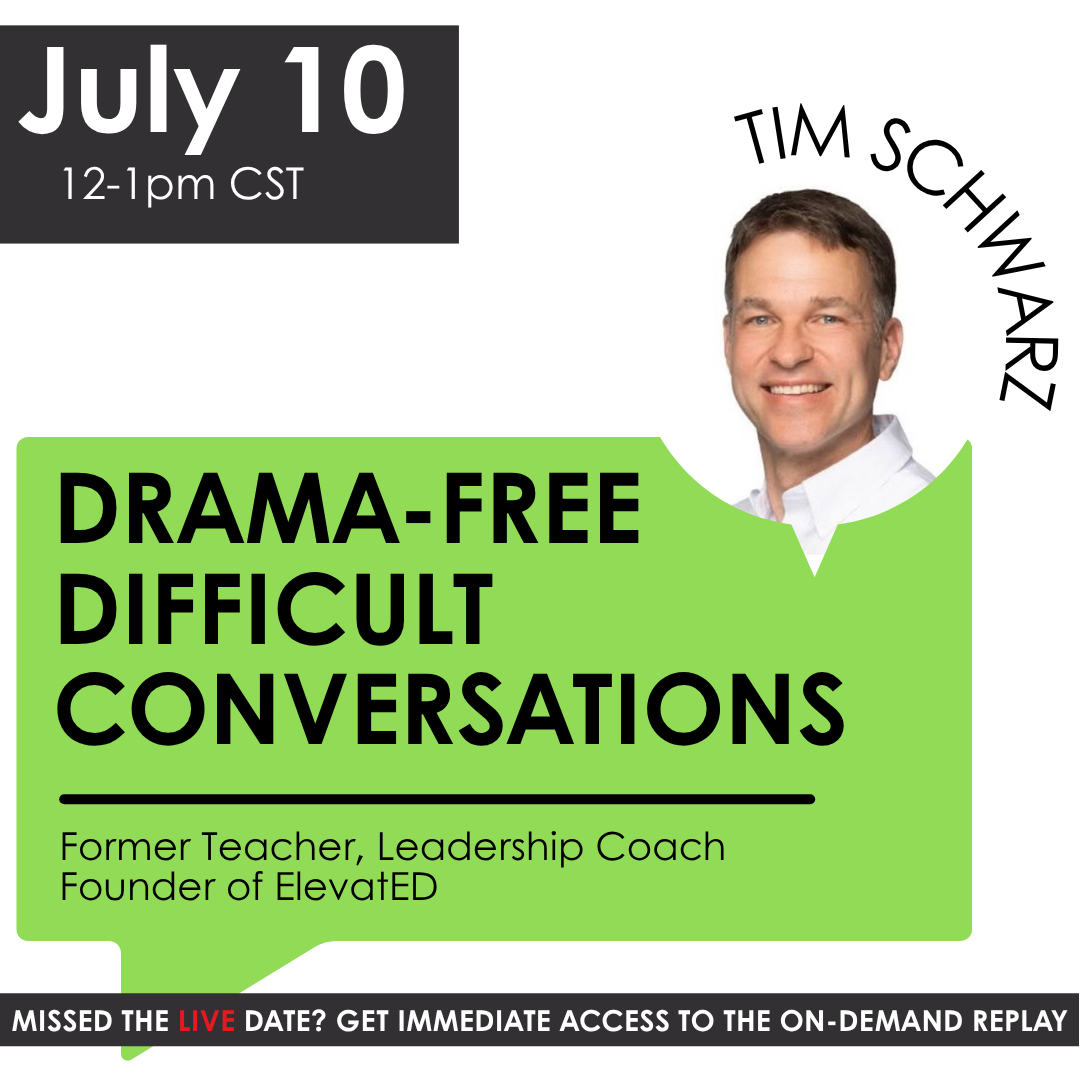For young readers, blends and digraphs can trip them up while reading. What’s up with that jumble of letters at the beginning of a word, anyway? In this post, we will take a closer look at consonant blends and digraphs, and how to teach them to second grade learners.

Jump to each section, or browse the entire post:
What are consonant blends and digraphs?
Teaching Consonant Blends & Digraphs in 2nd Grade
Hands-On Centers for Blends and Digraphs
Videos to Teach Consonant Blends & Digraphs
How to Teach other 2nd Grade Phonics Concepts
What are consonant blends and digraphs?

A blend is a group of two or more consonants together, in which each letter can be heard. A blend comes before or after a vowel.
The most common examples of blends in the English language are:
- L Blends: bl, cl, fl, gl, pl, sl
- R Blends: br, cr, dr, fr, gr, pr, tr
- S Blends: sc, sk, sl, sp, st, sw
A digraph is a group of two consonants that work together to make a single sound, or phoneme.
- Digraph examples: ch, ph, sh, th, wh
There are also a few consonant clusters that can be found at the end of a word.
- These include: ct, ft, lt, lk, lp, lt, mp, nd, nt, pt, xt
A classroom sound wall can help students recall phonemes and their spellings. You can check out our classroom sound wall setup here.
Teaching Consonant Blends and Digraphs in 2nd Grade

Once you start looking, consonant blends and digraphs are everywhere! A great way to introduce blends and digraphs is with our decodable phonics mats. Students will read along, identify the spelling pattern, and also answer comprehension questions. This is a great resource for whole class, small group, or independent review. Students can also keep a copy of this helpful blends phonics sound chart for their own review.

Phonics Day by Day is a daily 2nd grade phonics worksheet with 5 days of spiral consonant blends practice that can be used as a reading center or for small group instruction or homework.
Lucky to Learn Phonics
Did you know Lucky Little Learners has a Phonics curriculum? Being Science of Reading aligned and research based, Lucky to Learn Phonics is an amazing tool for your teacher toolbox. Units two and three are all about Blends & Digraphs.
Each unit is packed with easy to use resources inclduing:
- Decodable passages
- Phonics ladders
- Word & picture cards
- Word & sentences lists
- Centers
- Fold ‘N’ Decode booklets
- Digital or printable daily lesson plans
- Cut & paste sound sorts
- Roll the dice quick reads
- Phoneme posters
Peruse all things Lucky to Learn Phonics below!

Lucky to Learn Phonics Unit 2: Blends

Lucky to Learn Phonics Unit 3: Digraphs
Or, peruse everything Lucky to Learn Phonics at the Lucky to Learn Phonics Landing Page.
Consonant Blends and Digraphs Activities, Centers, and More!
Hands-On Centers for Blends and Digraphs
Hungry to learn more about blends? Give this hands-on Smoothie Stand Center a try! Students will use a spinner to match pictures and words to create new blend words. This is available in print or digital format!

For final blends practice, give this center a try! Students will identify words with final ending blends then write the correct words for the pictures on ladder pieces.

Looking for a digital center? Students can use their personal devices to complete this picture word hunt for digraph words. Students will then arrange the words in a sentence to solve the clues.
You can check out our digital digraph center here.

C, K, or CK Digraph?
The ck digraph is often overlooked and can lead to student confusion. Try a quick practice activity, like the one featured below.
Get this exclusively on All Access

Join All Access to download everything we've ever made.
Videos to Teach Consonant blends and digraphs
Are you ready to give these activities a try? Tell us your favorite way to introduce blends and digraphs in the comments below!
How to Teach other 2nd Grade Phonics Concepts
Ready to teach another phonics skill? We’ve got a post for that!
Multisensory Phonics Activities
Syllable Patterns/Multisyllabic Words
How to Introduce the 6 Syllable Types
New & Fun Ways to Teach Contractions





0 Comments